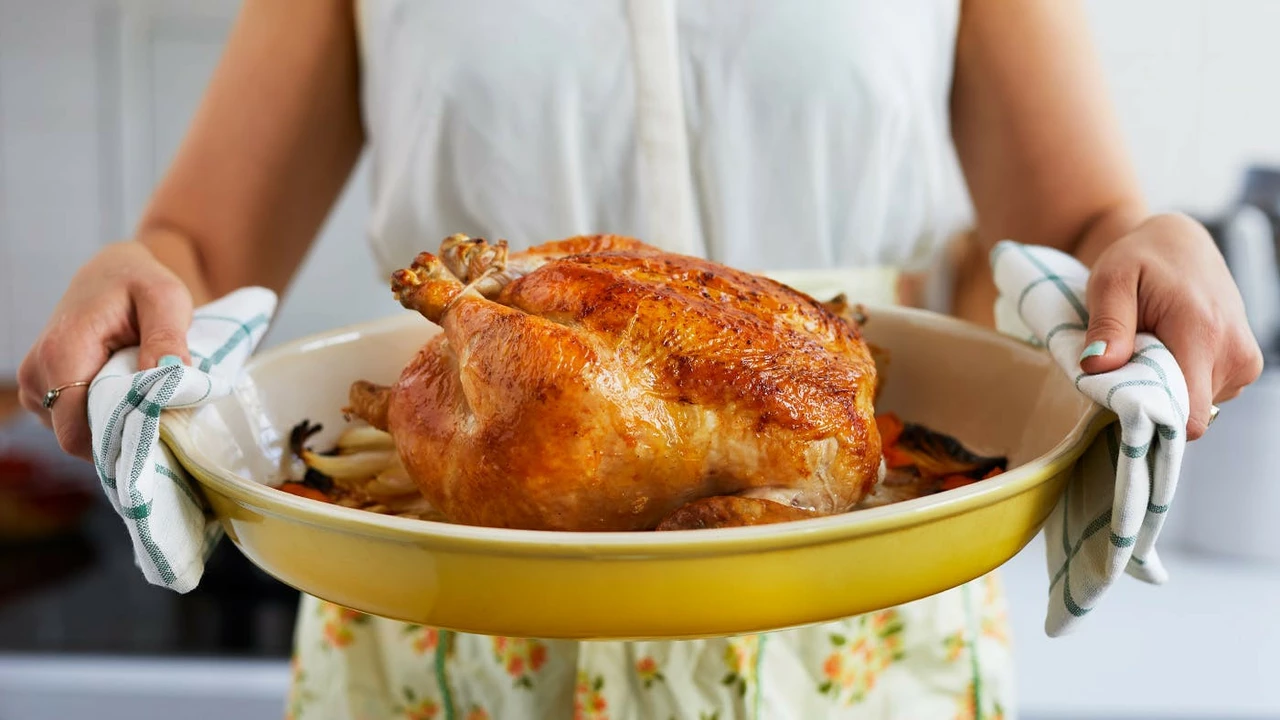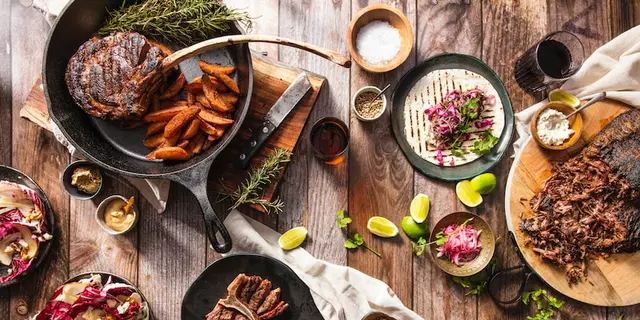
Uncover the Mystery: To Cover or not to Cover Chicken when Roasting
Let's unravel the mystery behind a question that has perplexed many amateur and expert chefs alike, "Do you cover chicken when roasting?" As someone who blazed through his culinary misadventures to become pretty decent at whipping up delicious meals, I have bumped into this wall on more than one occasion. Allow me to share with you my insights and experiences, and together, let's bust some myths and assumptions around this topic.
Understanding the Technique of Roasting
Roasting is an age-old cooking technique that transcends cultures and cuisines. Primarily, it involves applying prolonged heat to cook food, often over an open flame or in an oven. The essence of roasting isn't speed, but patience. It's about embracing slow cooking to trap the moisture, concentrate the flavors, induce a browner, crisper exterior, and ensure a tender, juicier inside. However, when it comes to roasting chicken, the wrapping-dilemma makes things a tad confusing.
Unwrapping the Tradition: The Case for Uncovered Roasting
Traditionally, roasting is done uncovered. The exposed surface allows heat to seep optimally into the food, and aids the Maillard reaction (the process behind that heavenly brown crust and enticing aroma). Roasting chicken uncovered renders a crisper skin, as the moisture evaporates, leaving behind a lovely, crunchy exterior.
The Wifech (yes, that is my clever portmanteau for "wife-kitchen") commandments by my dear Louise Barnett uphold this tradition. In her kitchen, the chicken basks under the oven's heat, free and uncovered, turning golden brown to perfection.
Unveiling the Modern Twist: The Cover-Up
Modern cooking methodologies present arguments for covered roasting, particularly for chicken- a moderate-fat protein famous for its proclivity to dry out. Covering the chicken (especially with an aluminum foil) while roasting, keeps the moisture locked in, facilitating steam cooking in addition to roasting. In other words, it's like giving your chicken a luxury sauna treatment. This method is particularly handy when you're striving for a softer, moist interior rather dispatching a crispy skin.
Debunking the Dilemma: The Best of Both Worlds
For ardent crisp-skin supporters (like me) who dread dry meat (also like me), there's a smart solution. Start your roasting journey covered, then gradually transition to an uncovered phase. This way, the chicken won't lose its precious juices in the initial roasting stages. Once the insides have appropriately cooked and are juicy enough, off goes the cover, allowing the chicken to develop a beautiful, crispy golden-brown hue.
It's somewhat analogous to my relationship with Louise. We thrive in our private cocoon (Covered phase. Perfect for marinating our bond); yet, we love our social life (Uncovered phase. Ideal for adding some crispy moments to our journey). See? Cooking holds myriad life lessons!
Experiment and Experience
Discovery lies at the heart of cooking. Adjusting the cooking time, temperature, seasoning, or arranging for your chicken to be covered at the right moment, all constitute a playful experiment, letting you uncover (pun intended) what works best for you. Soon, you'll have a foolproof method tailored to your preference.
Final Thoughts: Chicken Roast's Secret, Exposed!
So, does covering chicken while roasting makes it better or worse? As I learned from my many adventures (and misadventures) in the kitchen, there's no one-size-fits-all answer. It strictly depends on what your taste buds crave - a crispy surface or a juicy interior.
What's most important is to understand the technique and to know how to modulate it to accommodate your needs. Just as you would diversify your investments or the choice of your weekend wine, it's nothing short of a culinary victory to master the art of covered and uncovered roasting, and knowing when to use each.
In the grand scheme of things, your kitchen is your playground. Don't be afraid to play around with different cooking styles. Each attempt, each new experiment, sows the seeds for a memorable feast that reshapes the contours of your culinary journey.
Bon Appétit!
Happy roasting, dear reader. And remember, no matter what anyone tells you - there is absolutely no shame in licking your fingers clean after a delectably juicy roasted chicken meal! So, go on, fire up that oven, grab that chicken, and let it roast - covered, uncovered, or both! In the end, the delicious outcome will definitely be worth the effort.
More Articles

Blue Jays' nine-run sixth crushes Dodgers in Game 1 of 2025 Series
The Blue Jays' nine-run sixth inning stuns the Dodgers 11‑4 in Game 1 of the 2025 World Series, featuring the first pinch‑hit grand slam in series history at Toronto's Rogers Centre.

Debut Goal by Enrico Dueñas Powers El Salvador to 1-0 Win Over Panama in Gold Cup
Enrico Dueñas scored his first international goal to lead El Salvador to a 1-0 win over Panama in the 2025 CONCACAF Gold Cup, offering hope amid a dire World Cup qualifying campaign.

What's something simple and light I should make for dinner?
A light and simple dinner can be an easy way to end a day. There are many options to choose from, such as salads, soups, sandwiches, tacos, wraps, and pasta dishes. These meals can be made with fresh vegetables, lean proteins, and minimal added fats and oils. For those looking for something a bit more creative, some easy recipes to try include grilled fish and veggies, stir-fry with noodles, or vegetable and bean burritos. Keywords: Dinner, Light, Simple, Salads, Soups, Sandwiches, Tacos, Wraps, Pasta, Proteins, Fats, Oils, Fish, Vegetables, Beans.
